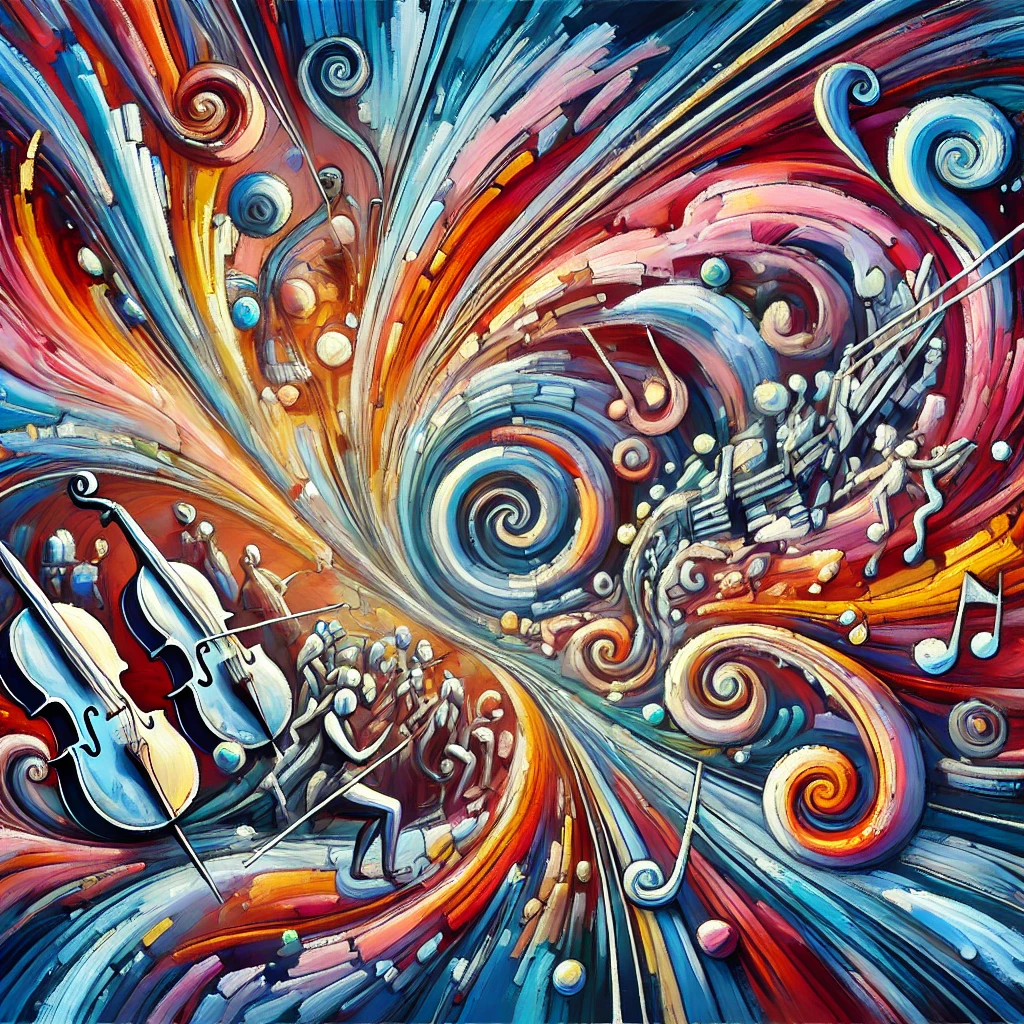On November 13, 1940, Walt Disney’s groundbreaking animated film “Fantasia” premiered, captivating audiences with its unique blend of classical music and stunning visuals. This ambitious project was unlike any animated film that had come before it, setting a new standard for creativity and innovation in the animation industry. “Fantasia” has since become a timeless classic, celebrated for its artistic achievements and its ability to transcend traditional storytelling.

A New Approach to Animation
“Fantasia” was conceived as a multimedia experience that combined animation with orchestral music, showcasing a variety of classical compositions performed by the Philadelphia Orchestra, conducted by Leopold Stokowski. The film features a series of animated segments, each inspired by a different musical piece, creating a symphonic journey through sound and imagery. From the whimsical dance of the “Nutcracker Suite” to the haunting tale of “Night on Bald Mountain,” each vignette demonstrated the potential of animation to evoke emotion and tell stories in entirely new ways.
The film was groundbreaking not only for its artistic content but also for its technical innovations. Disney utilized the then-revolutionary technique of stereophonic sound, which enhanced the auditory experience for viewers. This emphasis on marrying sound and visuals set “Fantasia” apart from traditional animated films, pushing the boundaries of what animation could achieve. The film’s release marked a turning point in the industry, inspiring animators and filmmakers to explore new artistic avenues and expand the possibilities of animated storytelling.

Cultural Impact and Legacy
Despite a mixed reception at its initial release, “Fantasia” gained popularity over the years and became one of Disney’s most cherished films. Its unique approach to storytelling, which invites audiences to engage with classical music in a visual context, opened doors for the appreciation of both animation and classical music. The film has since been re-released several times and remains a staple in the Disney catalog.
“Fantasia” has also inspired numerous adaptations and revivals, including “Fantasia 2000,” which continued the legacy of blending animation with classical music. The film has left an indelible mark on popular culture, influencing generations of artists, musicians, and filmmakers. Its innovative spirit and artistic ambition continue to resonate, making it a reference point for discussions about the intersection of music and visual art.
A Timeless Classic
The lasting impact of “Fantasia” can be seen in its ongoing relevance in contemporary culture. The film serves as a testament to the power of creativity and imagination, demonstrating that animation can be a serious art form capable of conveying deep emotional experiences. It has inspired countless artists to explore the boundaries of animation and its potential to communicate complex ideas and feelings.

As audiences revisit “Fantasia,” they are reminded of the timeless nature of music and art, and the way they can work together to create unforgettable experiences. The film’s ability to engage viewers of all ages highlights its universal appeal and reaffirms its place in the pantheon of cinematic classics.
The premiere of Walt Disney’s “Fantasia” on November 13, 1940, marked a significant moment in the history of animation, showcasing the potential of the medium to blend sound and visual artistry in innovative ways. Its legacy as a pioneering work continues to inspire and captivate audiences, ensuring that “Fantasia” remains a beloved classic that celebrates the magic of creativity. As we reflect on its impact, we recognize the film’s role in shaping the future of animation and its enduring place in the cultural landscape.
